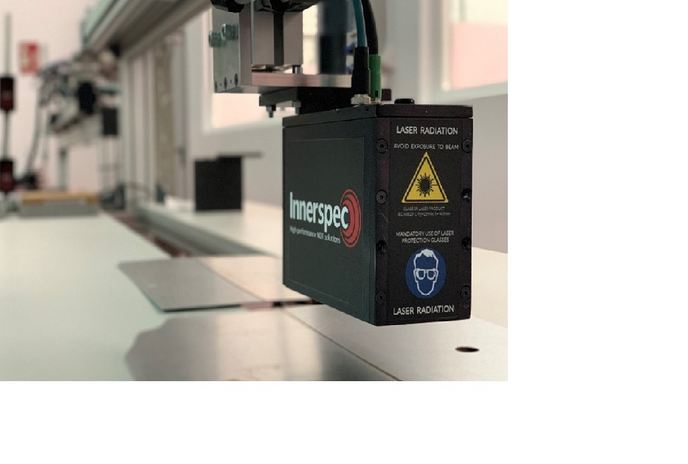Using isogeometric analysis to design a better aircraft engine
At the very core of industrial engineering is the interaction between design processes and the analysis of mechanical components. This remains true even in the specialised field of designing high efficiency aircraft engines. During the design phase, designers create the shape of the engine, typically by using a Computer Aided Design (CAD) system. In the analysis step, researchers analyse how well the designed shape performs in different conditions and under various stresses. This is done using Computer Aided Engineering (CAE) software. ‘With current technology, the road from design to analysis is one way, making it very difficult to bring the results from the analysis back into the design,’ says EXAMPLE Project Coordinator Bert Juettler. ‘This is why EXAMPLE researchers used the two-way isogeometric analysis process, which allows CAD and CAE software to communicate directly with each other.’ The result of this unique approach was an optimised air passage design, essential to building better aircraft engines featuring decreased fuel consumption, less noise and increased reliability. Push and pull The project progressed along two parallel tracks. One track, overseen by aircraft engine manufacturer MTU (the project’s industrial partner), was devoted to improving the actual design process for the air passage of aircraft engines. The second track, overseen by the project’s academic partners, was devoted to the required mathematical foundations – or the analysis step. ‘As our work took an isogeometric approach, these two tracks were regularly interacting with each other,’ says Juettler. For example, the new mathematical results opened new perspectives for the air passage design. ‘Here, we significantly advanced the theory and algorithms for something called multivariate adaptive spline technology, which has significantly improved the possibilities for the design step,’ says Juttler. ‘Thus, the EXAMPLE project has pushed new mathematical results into new applications being developed by MTU.’ At the same time, MTU’s design requirements led to new research questions being raised. For example, the project’s work on adaptability was triggered by the fact that standard spline technology, which is non-adaptive, cannot be used in conjunction with the volumetric approach, making it impossible to arrive at the required level of accuracy demanded by aircraft engines. ‘Here, the project pulled in new research results by bringing interesting questions to the attention of the involved mathematical researchers,’ adds Juttler. New possibilities Today, the volumetric air passage modelling technology developed by the EXAMPLE project is set to be used on the commercial market, where it will optimise the most critical blade geometries of today’s latest aircraft engines. ‘Bringing the multivariate adaptive spline technology into air passage design was a real breakthrough, one that has opened new perspectives and possibilities for automated design optimisation,’ concludes Juttler.







